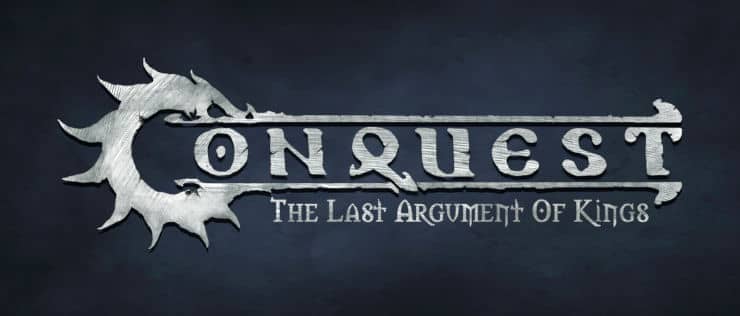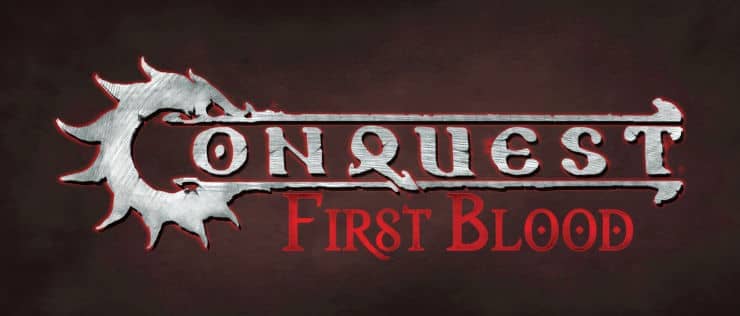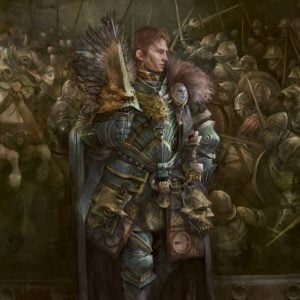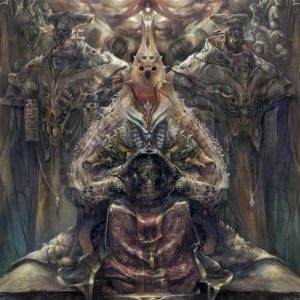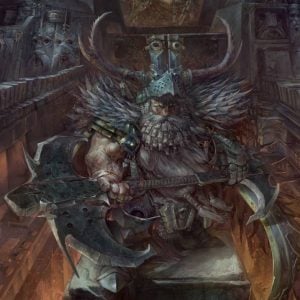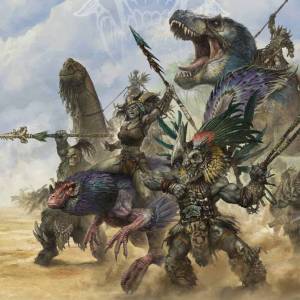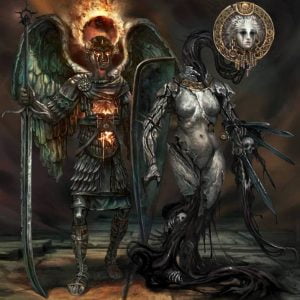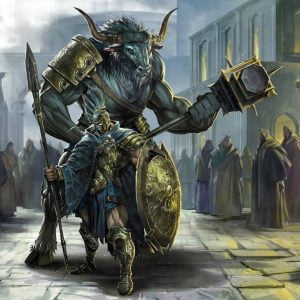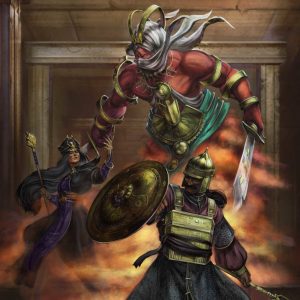Pravia: The City of Stone Kings
Originally founded as a trading outpost with the lands of the Polmag princes, Pravia begun forming over three and a half centuries ago. Its importance as a trade station along with its location ensured its prosperity and it did not take long for the busy trading outpost to evolve into a city in its own right. Its domination of the surrounding areas, mainly through its financial influence but also its readiness to use arms when needed, would see it become a Kingdom, even if not in the traditional sense of the word.
While self-proclaimed a Kingdom, Pravia has never had a King, nor would one be suffered as its ruler, a result of its precarious location and the influence of multiple cultures within its walls. To ensure a balance between the Polmag princes to its east and the structure of neighbouring powers to its west, north and south, Pravia was named a Kingdom but was ever ruled by a Prince. This is also where most place the beginnings of the city’s most known tradition: the Stone Kings. It is said that even the first rulers of Pravia would built a statue of an imaginary King and name it the only authority above them in the Kingdom. The first Emperor to have annexed Pravia did not alter the city’s politics, recognizing Princes as rulers of the Kingdom of Pravia. To this day, the likeness of all Emperors can be found among the faces of the Stone Kings of their time, being truly the only authority above Pravia’s local rulers.
With the collapse of the Empire, this status quo was maintained; neutrality, after all, favours trade, and being a reason for confrontation and a field of battle between its best clients would serve only them. Were it not a Kingdom, any Polmag Prince could propose a claim to it, while were it to have its own King, any established Kingdom could trace an obscure connection to the throne. All this, however, is diplomacy and in the Hundred Kingdoms conquest is the greatest diplomatic argument. With a vote in the Conclave, its lack of properly titled Sovereign has left its rule open to claims from all sides time and again.
As a response to historic necessity, Pravia’s wealth has ensured that it maintains a strong military force to guarantee that its lands and throne are not contested lightly. Not by outsiders, at least. Pravian Noble Houses have proved more than happy to contest for the reigns of the Kingdom among themselves and considering that Pravia was one of the first kingdoms to allow noble titles to be sold for wealth, the candidates for ascension have not been few. While cloak, dagger and poison methods may be preferred, being the least disruptive to trade, open war between opposing Pravian forces is frequent and the speed of succession of its rulers almost unparalleled, with rulers coming from a superbly diverse group of cultures and beliefs and supported by all kinds of powers of the Hundred Kingdoms.
Despite its unstable internal politics, or rather because of them, the city’s old town is one of the world’s wonders. The tradition of the Stone Kings has continued uninterrupted for centuries and today over three hundred statues built by Pravian rulers can be found in Pravia. The number would have been higher (which would mean that more than one statue per year of the city’s existence has been erect), but for Prince Piotr I, who, once he assumed the throne, destroyed all previously built statues. He was found dead the next morning in his bed. Such a monstrosity has never been repeated and the Stone Kings came to conquer the town of Pravia. Rivalling each other in magnificence -literally, as each ruler wanted to impress more than his predecessors- and shaped by the beliefs and views of the rulers that ordered them, Stone Kings were fashioned as Emperors, Aspects, Theist Saints, Knights, thinkers or heroes, each different in style, size and material used. Found in every square, bridge, fountain, park and even the walls of Pravia, they awarded her the epithet of ‘City of Stone Kings’.

The Kingdom of Pravia can serve as an excellent battlefield for two opposing Hundred Kingdom armies. The multitude of backgrounds of claimants to its princely crown allows any combination in Warlords, commanders and units on the field. This also allows for a variety of colour schemes on the field, while for Pravia’s rulers, the Kingdom’s shield is supported by a crow (right) and a dragon (left), with a Prince’s crown surrounding the waste of a white statue king, on a field of white, blue and red. Smaller adornments are changed according to the principals and origins of each ruler.

